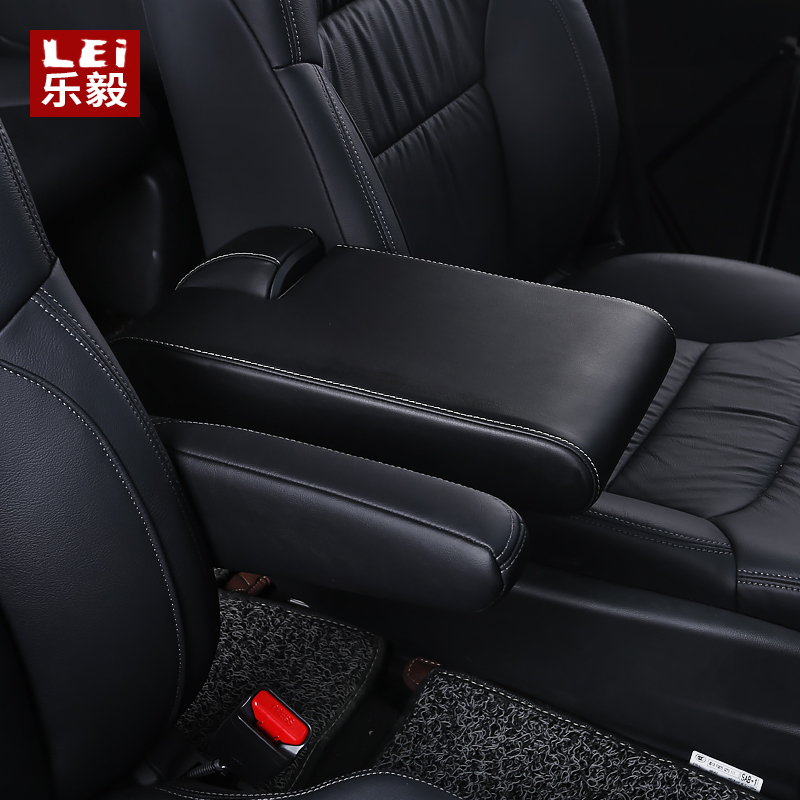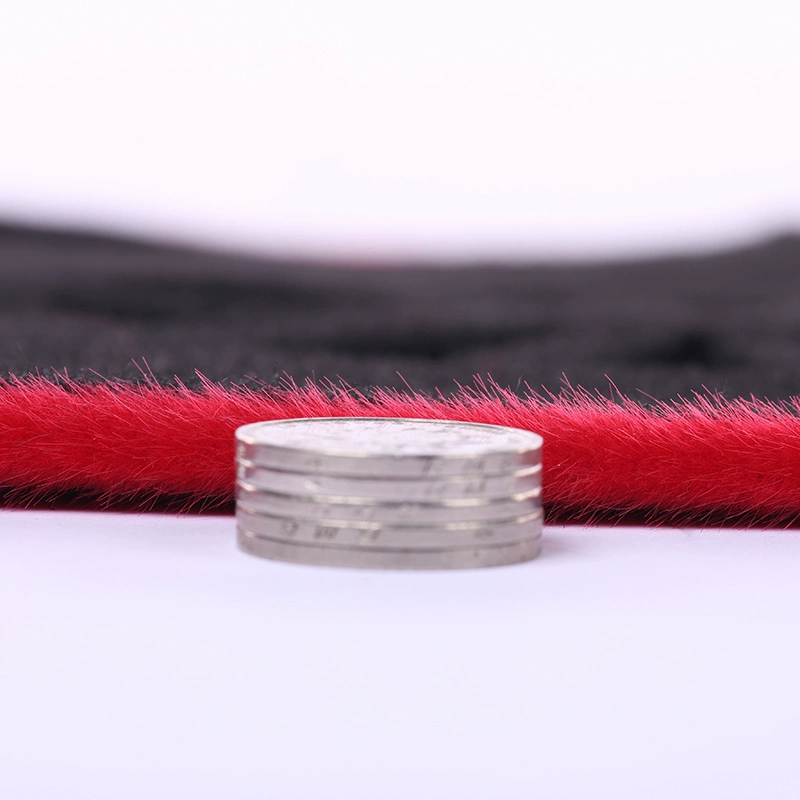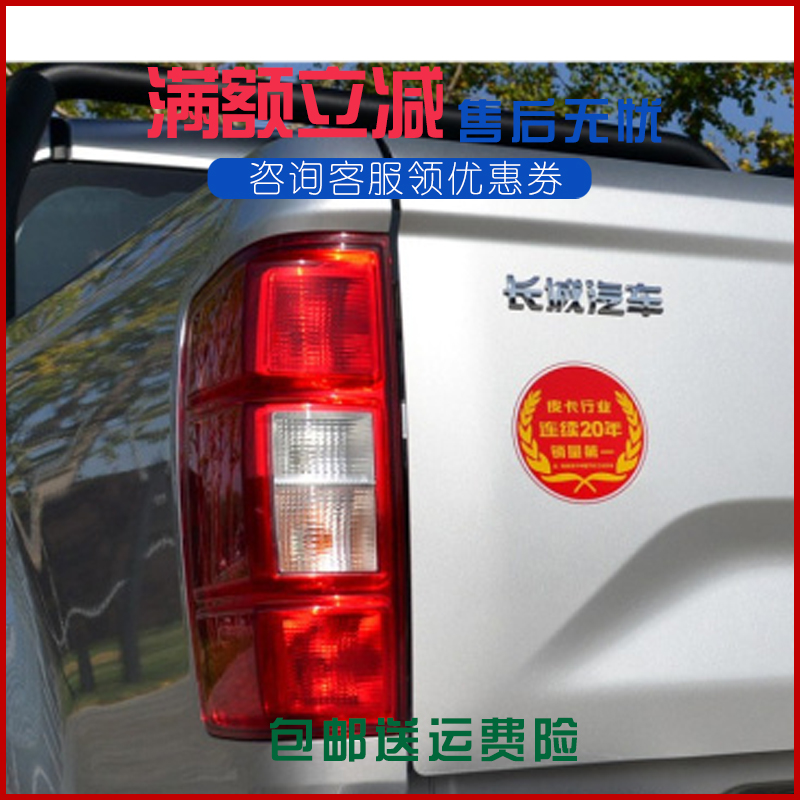N. Korea will likely keep amassing nuclear warheads until next negotiation

North Korea's Yongbyon nuclear complex, north of Pyongyang, is seen in this satellite image released by 38 North on Nov. 24, 2021. North Korea appears to have recently started operating its new light-water reactor at the facility, according to the International Atomic Energy Agency and experts. Yonhap
Pyongyang aims to seek disarmament talks after US presidential election: expertsBy Jung Min-hoNorth Korea appears to have started operating a new light-water reactor at its main nuclear facility in Yongbyon in a move obviously aimed at expanding its capacity to produce fuel for nuclear bombs.
According to the International Atomic Energy Agency, a global nuclear watchdog, there have been increased levels of activity at and near the reactor such as a strong discharge of warm water in what appears to be the regime’s latest violation of U.N. Security Council resolutions.
Speaking to The Korea Times on Sunday, analysts said establishing another such reactor was likely part of North Korea’s stated plan to “exponentially increase” the number of its nuclear warheads. They also said Pyongyang is expected to focus on that task for at least a year until it feels it has accumulated enough of them for a potential disarmament negotiation with a — possibly new — U.S. president after its election in November.
“After a fruitless Hanoi summit with the United States, North Korea seems to have changed its policy goal to seek a nuclear disarmament deal. That means the more nuclear warheads it has, the more bargaining power it gets, ahead of its possible negotiation with the U.S.,” said Cho Han-bum, a researcher at the Korea Institute for National Unification (KINU), a state-funded think tank.
“So it is reasonable to think that it will likely stick to that plan and try to use its full capacity to produce as many as possible.”
Buried in low-lying hills about 100 kilometers north of Pyongyang, Yongbyon is home to the North’s five-megawatt nuclear reactor designed to extract plutonium ― a key ingredient for atomic bombs. The construction of its second reactor began more than a decade ago. It is known to have a bigger capacity than the first, meaning that it could expedite the speed of producing more such weapons.
North Korea is thought to have already amassed dozens of nuclear warheads. Two scholars at the Korea Institute for Defense Analyses, a state-funded think tank, said the regime has so far built 80 to 90 nuclear warheads in their joint analysis published in January.
That number could double within several years, according to Kim Jin-ha, another researcher at the KINU.
“The worst-case scenario could unfold for South Korea if the U.S. decides to reach a nuclear disarmament negotiation with North Korea under a new president,” the analyst said. “That means North Korea would be able to keep some of its nuclear weapons with a de facto U.S. recognition while the South has no such weapons.”

A Hwasong-18 solid-fuel intercontinental ballistic missile lifts off during a drill at an unknown location in North Korea, Monday, in this photo released the next day by the North's official Korean Central News Agency. Yonhap
Meanwhile, North Korea has also been stepping up efforts to develop the delivery means of its nuclear weapons, with the apparent aim of undermining Washington's security protection guarantees to South Korea.
Just a week ago, Pyongyang launched a solid-fuel Hwasong-18 intercontinental ballistic missile ― its most advanced weapon built to threaten the U.S. homeland with nuclear attack.
In a message sent on Saturday (local time) to Yonhap, a South Korean news agency, the U.S. Mission to the U.N. in Vienna expressed concerns over the operation signs of the new North Korean reactor.
Asked about the possibility of North Korea conducting its first nuclear weapons test since 2017, analysts said the likelihood isn’t high, given that it has little technical need for another test. But they said the possibility should not be ruled out.
“If North Korea decides to conduct another test, it will likely do so in the coming weeks as it will mark the 40th birthday of its leader Kim Jong-un in January. If the past is any guide, U.S. elections were not a significant factor for North Korea to determine its six previous test dates,” Cheong Seong-chang, an analyst at the Sejong Institute, a think tank, said.





